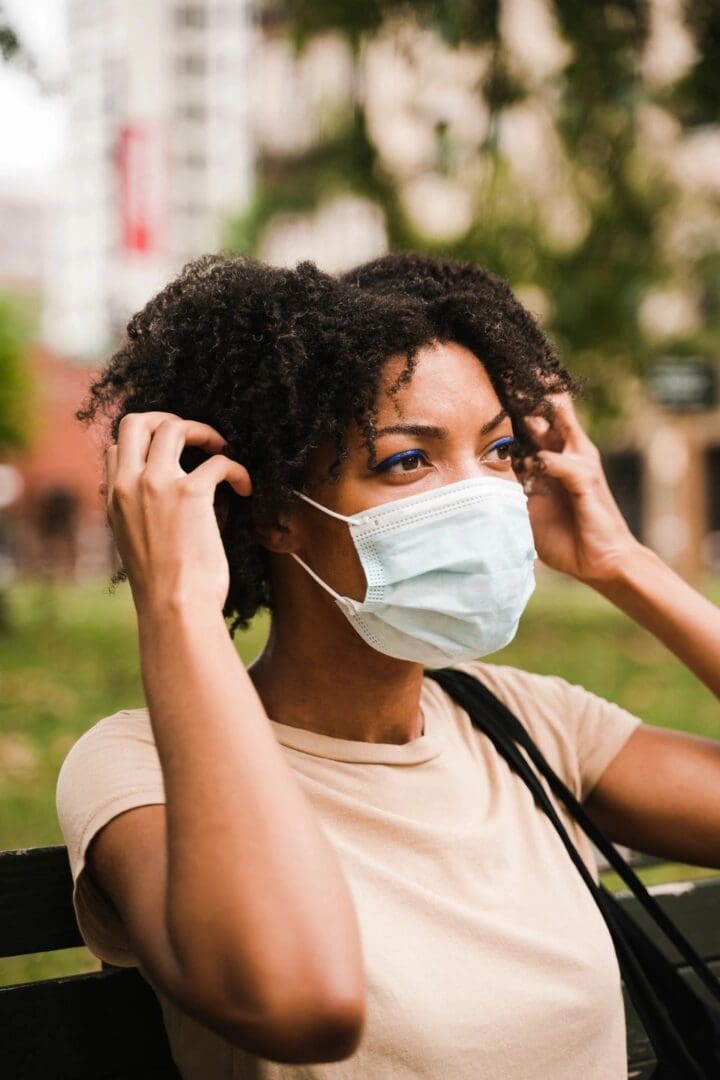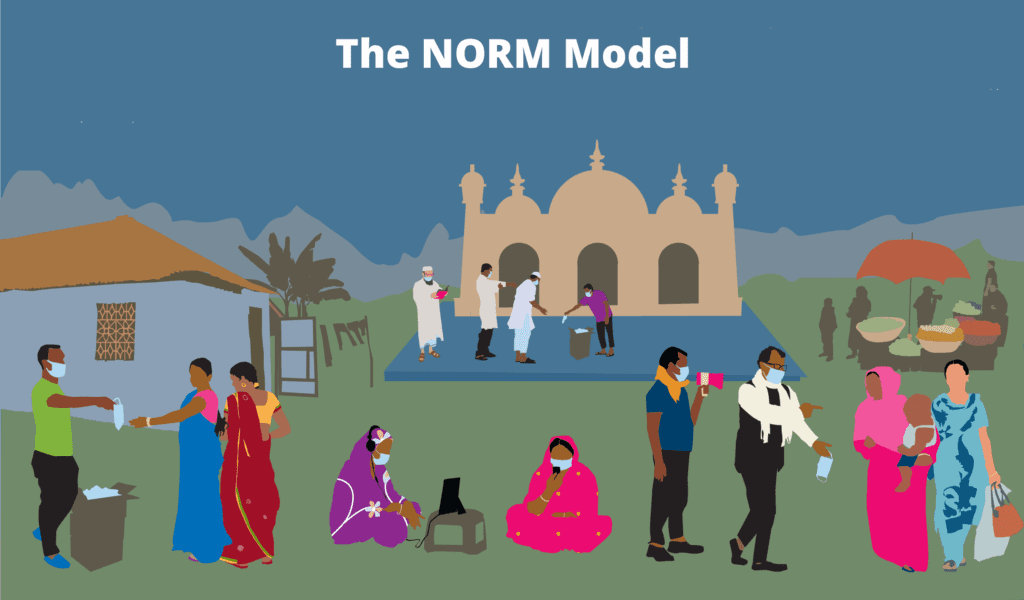Search Posts
Recent Posts
- RI Veterans: Did you know? 25.04.24 (100th for Louis Dolce, events, resources) – John A. Cianci April 25, 2024
- Business Beat: Bad Mouth Bikes takes home 3 national awards April 25, 2024
- Rhode Island Weather for April 25, 2024 – John Donnelly April 25, 2024
- We Cook! Mill’s Tavern’s Cajun North Atlantic Swordfish, Mango Salsa, Cilantro Citrus Aioli April 25, 2024
- The Light Foundation & RI DEM’s 4th Annual Mentored Youth Turkey Hunt a success April 25, 2024
Categories
Subscribe!
Thanks for subscribing! Please check your email for further instructions.

First Randomized Trial on Mask Wearing. They work. Surgical vs Cloth.
New study is the first randomized trial to show that wearing masks reduces COVID-19 in a real-world setting.
Getting more people to wear masks, particularly surgical masks, is effective in reducing COVID-19, according to a new study led by researchers from Yale University, Stanford Medical School, University of California, Berkeley, and Innovations for Poverty Action (IPA). The randomized evaluation conducted in Bangladesh is the largest and most rigorous trial of its kind to date, testing the effectiveness of masks in a real-world setting with more than 340,000 adults.
The paper reports that increased mask wearing–– as a result of a community-level mask distribution and promotion campaign–– led to a significant reduction in the number of people with COVID-19, based on symptom reporting and SARS-CoV-2 antibody testing. Twenty-nine out of every 100 people began wearing masks because of the intervention.
Surgical masks were particularly effective in reducing COVID-19, preventing 1 in 3 symptomatic infections among community members 60 years and older.
“The reduction in symptomatic cases is impressive, particularly when you consider that this was a community setting, not a lab, and less than half of people who received the intervention were wearing masks,” said Dr. Ashley Styczynski, a co-author on the study and an infectious disease fellow at Stanford’s Division of Infectious Diseases & Geographic Medicine.
The researchers point to the findings on surgical masks as being particularly policy-relevant at this moment.
“Our results are consistent with lab research suggesting surgical masks are effective at reducing COVID-19,” said co-author Laura Kwong, an assistant professor of environmental health sciences at UC Berkeley’s School of Public Health. “These results suggest that we could prevent unnecessary death and disease if we got people to wear high-performance masks, such as surgical masks, in schools, workplaces, shopping centers, places of worship, and other indoor spaces.”
Mushfiq Mobarak, an economist at Yale who hails from Bangladesh and is a senior author on the study, realized early on in the crisis that as one of the most densely populated countries in the world and with a relatively weak health system, Bangladesh was very vulnerable to COVID-19. “We thought that masks could be an important line of defense in Bangladesh, particularly given likely delays in mass administration of vaccines, but most people weren’t wearing them. We therefore also had to uncover cost-effective ways to change community-wide mask wearing norms, and are now working with governments in South Asia to scale up those strategies,” Mobarak said.
Researchers partnered with IPA and local institutions including Aspire to Innovate (a2i), Bangladesh’s Ministry of Health and Family Welfare, the Bangladesh Medical Research Council, Green Voice, and North South University to design and evaluate ways to increase mask-wearing and provide the international community with strong evidence to inform public health decisions.
The randomized controlled trial was carried out among 341,830 adults in 600 villages in rural and peri-urban areas of Bangladesh between November 2020 and April 2021. Three hundred villages received the mask promotion campaign and the other three hundred made up the comparison group and weren’t given the intervention at the time of the study. In order to detect differences in COVID-19, the researchers needed a very large sample of people.
To measure the impact on COVID-19, adults in the study communities were first surveyed to determine if they experienced symptoms of COVID-19. Blood was then collected from consenting, symptomatic individuals, a total of 10,952 people, and analyzed for SARS-CoV-2 antibodies. The research team is planning a follow-up study to assess the impact of mask-wearing on asymptomatic and symptomatic infections.
Prior observational research has compared the rates of COVID-19 among people who wear masks with the rates among people who do not wear masks. The risk with these comparisons is that people who choose to wear masks may also adopt other behaviors that reduce their risk. This study was designed to overcome this limitation. Whole communities were randomly assigned to receive the mask promotion intervention or to serve as a comparison community.
“The randomized design provides confidence that the lower rates of COVID-19 in the intervention communities resulted from the mask promotion,” said Dr. Stephen Luby, co-author and a professor of medicine and infectious disease at Stanford. “These results illustrate the remarkable protection that low-cost masks provide,” Dr. Luby said.
In order to increase mask-wearing in the treatment group, the research team implemented a wide variety of approaches. “We wanted to create an environment where wearing a mask was the expected behavior,” said Jason Abaluck, a professor of economics at Yale. “Our strategies were designed to create a social norm: people have masks, know why they are supposed to wear them, and also know that if they don’t wear a mask, someone might politely ask them to wear one.”
A core set of four strategies, now termed the “NORM” model, proved effective, tripling mask wearing from 13 percent in the comparison group to 42 percent in the treatment group. This “N-O-R-M model” – which stands for “No-cost mask distribution, Offering information, Reinforcement to wear masks, and Modeling by local leaders” – is now being scaled up to reach over 100 million people in several countries given its demonstrated impact.
Asif Saleh, the executive director of BRAC, one of the main actors scaling up the approach, said, “This effective model is a critical component of any large scale COVID-19 response, especially in rural areas with limited vaccine access, and the NORM team has been very helpful in ensuring we are able to apply this evidence to save lives.”
The research team gratefully acknowledges GiveWell, which recommended a grant from the Effective Altruism Global Health and Development Fund to support this research.
Contact: [email protected] Study: The Impact of Mask Distribution and Promotion on Mask Uptake and COVID-19 in Bangladesh

The study resulted in the NORM approach being adopted:
Mask Distribution and Promotion (now called the NORM model)
The intervention (implemented in all 300 intervention villages) comprises four main elements:
- No-cost free masks distribution One-third of the intervention villages received a cloth mask and two-thirds of the intervention villages received a surgical mask during household distribution and distribution at marketplaces and other public locations weekly or every fortnight. Masks were also distributed at mosques on three Fridays during the first four weeks of the intervention.
- Offering information on mask-wearing Along with the distribution, the research team showed a brief video of notable public figures discussing why, how, and when to wear a mask. The video featured the Honorable Prime Minister of Bangladesh Sheikh Hasina, the head of the national Imam Training Academy, and the national cricket star Shakib Al Hasan. During the distribution visit, households also received a brochure based on WHO materials depicting proper mask wearing.
- Reinforcement in-person and in public In an effort to create a social norm, mask promoters encouraged non-mask wearers to wear a mask, providing a mask if the individual did not have one. Mask promoters also played public service announcements in public areas using handheld microphones.
- Modeling and endorsement by trusted leaders. Religious leaders (imams) discussed the importance of mask-wearing at Friday prayers from a scripted speech provided by the research team.
Villages where cloth masks were distributed experienced a 5 percent reduction in symptoms, while villages where surgical masks were distributed saw a reduction of 12 percent. About a third (40 percent) of those who reported COVID-19 symptoms agreed to have their blood tested for SARS-CoV-2. On average, researchers found a decrease of symptomatic SARS-CoV-2 infections of 9 percent. This reduction was higher in villages that wore a surgical mask (11 percent) and in these, among individuals aged 60+ (35 percent).
